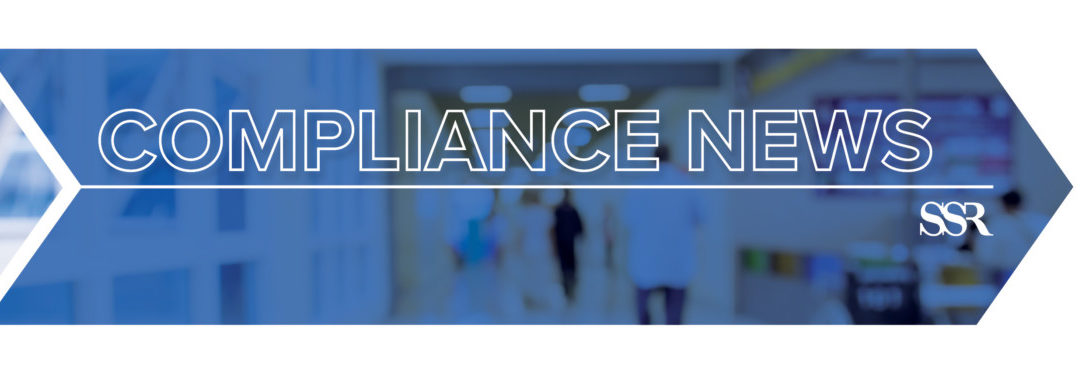
Compliance News: Using Partial Discharge Predictive Maintenance Technologies to Assess Equipment Condition
Predictive Maintenance (PdM) or Condition-Based Maintenance (CBM) technologies have been in use for some time to help facility professionals assess equipment condition. This article will use PdM to reflect both approaches as discussed in an earlier companion article.
This article discusses using real-time acoustic and ultrasonic monitoring for detecting air-borne or structure-borne sound waves associated with electrical equipment Partial Discharge, pressurized system leaks, and mechanical defects of rotating machinery.
Partial Discharge (PD) is described by Wikipedia as “ a localized electrical discharge that does not completely bridge the electrodes, essentially a small spark inside insulating material or along the insulating material’s surface. PD is a leading indicator of an insulation problem. It is not, in itself, a unique cause of failure, however quickly accelerating PD activity can result in complete insulation failure.” PD happens in air gaps, and, also according to Wikipedia, “in voids and cavities filled with air” … “in epoxy spacers and supports, in air gaps in the main insulation in rotating machines, in gaps between a high voltage conductor and insulation or between an insulator and ground.”
Partial Discharge monitoring is also sometimes called electrical discharge testing or corona testing. The more sensitive installed PD monitoring equipment checks the health of the monitored equipment and typically reports those results through an online connection. In those situations, the installed PD equipment could even take the place of periodic in-person inspection and testing PD surveys. Because PD measurements are based on both power system operating conditions and concurrent environmental operating conditions, a continuous online monitoring system is likely to provide more reliable results than an offline system. Since most existing electrical distribution equipment in healthcare facilities does not presently include online installed PD monitoring equipment, when PD monitoring is presently used in healthcare facilities, it is typically used during periodic inspection and testing activities.
Partial Discharge analyses can detect many pending issues within electrical switchgear, including discharges in air gaps (such as between a bus and a support window), surface tracking (on a supporting isolator or a bus insulation surface), sparks within insulation voids, insulation problems in cable terminations and connected equipment, poor electrical connections, sometimes called floating potentials, defects in potential transformers or current transformers, and problems with incoming busducts.
Ultrasonic condition monitoring (which includes PD) is not a new technology. Sounds are typically received two ways: through the air and through solid surfaces such as structures. Pressurized system leaks are usually detected with an ultrasonic acoustic scanning device similar to the type of device used to detect PD in electrical equipment. Ultrasound technology is also used to detect structure-borne situations, such as those generated by bearings or by leaky valves, which are typically sensed through a waveguide or a contact module.
Airborne ultrasound monitoring works effectively because mechanical defects in rotating machinery, most gas or liquid leakage problems, and electrical emissions such as arcing, tracking or corona, all produce a broad range of sounds. With effective monitoring equipment, the ultrasonic components of these sounds are usually fairly directional and localized, making it easy to isolate these signals and detect their sources. In addition, as subtle changes begin to occur in mechanical equipment, the directional nature of ultrasound allows these potential warning signals to be detected early before an actual failure.
Future articles will discuss this topic further along with other related topics.

Contact the author for more information, dstymiest@ssr-inc.com.







